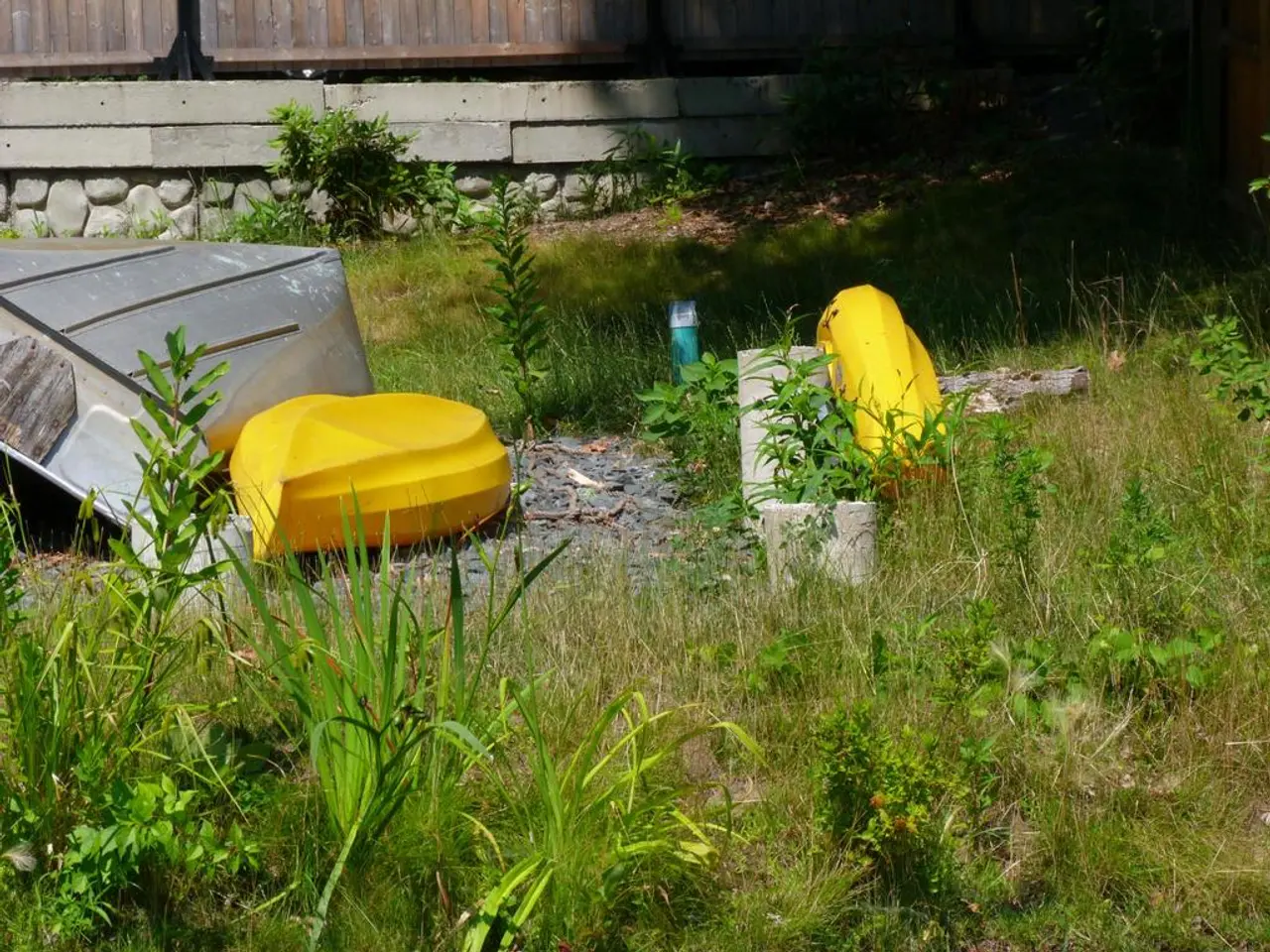Louisiana has terminated the $3 billion wetlands restoration project initiated following Katrina's aftermath.
Louisiana's Mid-Barataria Sediment Diversion Project Cancelled
After much debate and anticipation, the Mid-Barataria Sediment Diversion project, a $3 billion wetland restoration initiative, has been cancelled. The decision was made by Republican Gov. Jeff Landry, who cited the project's cost and potential threat to the seafood industry as reasons for its cancellation.
The cancellation of the project has raised concerns among coastal scientists and conservationists, who fear it could accelerate the erosion of Louisiana's coast. Critics see the cancellation as a return to a pre-Katrina tradition of politics determining coastal restoration spending instead of being guided by scientific evidence.
The project was designed to build up to 20 square miles of new land over 50 years to slow down storms and absorb floodwaters. It would have mimicked the processes that formed the river delta centuries ago, before wetlands were cut off from the river by levees and canals.
The area around the Barataria Basin has shown signs of die-off, with trees appearing charred due to subsidence and the creep of salt water. Saltier wetlands are more vulnerable to subsidence, making the future of Louisiana's coast even more precarious.
Commercial oystermen in Plaquemines Parish, particularly, celebrated the cancellation as a protection for their industry. However, some fear that the cancellation could lead to the death of oyster harvesting grounds as the river passes represent potential sources of fresh water for the Barataria Basin wetlands.
The Army Corps of Engineers no longer regularly maintains the levee near the fishing town of Empire, which allows river passes to form. Getting fresh water into the Barataria Basin is critical for land-building and for saving land that has not yet washed away.
The Coastal Protection and Restoration Authority (CPRA) of Louisiana is responsible for developing new plans for coastal restoration that balance environmental concerns with the interests of citizens, businesses, and industries. The CPRA has said that they are working on another coastal restoration plan that balances these goals.
Some potential alternatives to the Mid-Barataria project are being researched. Tulane University is researching a project that could introduce sediment into the Barataria Basin, while causing a smaller change in salinity. The state is also moving forward with other wetlands restoration initiatives, including a plan to introduce a smaller amount of Mississippi River water into the Barataria Basin wetlands and to use dredged sediment to build marshland.
The bitter debate about the project is front and center as state leaders reflect on the 20th anniversary of Hurricane Katrina. The rate of subsidence in southeastern Louisiana has generally slowed since the 1980s and 1990s, but it remains among the highest in the world. Between 1974 and 1990, the Barataria Basin wetlands declined by an average of 5,700 acres per year.
It remains unclear whether the state will need to pay back the $618 million already spent on the Mid-Barataria project. The cancellation of the project has left many wondering about the future of Louisiana's coast and the role of science and politics in its restoration.
Read also:
- Nightly sweat episodes linked to GERD: Crucial insights explained
- Antitussives: List of Examples, Functions, Adverse Reactions, and Additional Details
- Asthma Diagnosis: Exploring FeNO Tests and Related Treatments
- Unfortunate Financial Disarray for a Family from California After an Expensive Emergency Room Visit with Their Burned Infant








